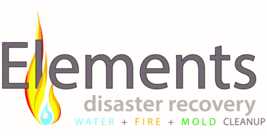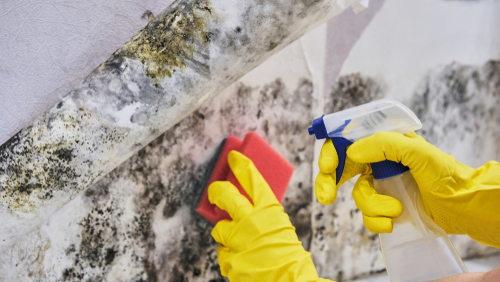You may have heard a lot about how dangerous mold and mildew can be for a home. But you may also be thinking, “I’ve found spots of mold and mildew around the house before. Is it really that dangerous?”
The answer is: It depends. When you find mold, you should decide whether to deal with it
Mold in Common Spots: Clean It Up Immediately
Generally speaking, the
- Spots of mold on the tile in the bathroom and in the corners of the shower: This is especially common because bathrooms have to deal with a lot of moisture, and sometimes venting isn’t always adequate.
- Sinks in the kitchen or laundry-room: Again, these sinks see a lot of work, and are exposed to a lot of dirt as part of their daily jobs. Spots of
mold may also grow around the corners of these sinks over time. - Exterior doors: Rainy conditions can push moisture into the corners of door thresholds. If
thatmoisture lingers for long enough, it can start creating mold andmildewproblems . - Near hot water
heatersor sump pumps: These units see runoff or are exposed to a lot of moistureovertime , which can also lead to mold accumulating, especially near drainageoralong the edges.
Dangerous Mold Growth: Call in a Professional
This type of mold has been growing for some time, often hidden, and it is very difficult to remove. This is when you should call in professionals to make sure the mold doesn’t pose a health hazard, and to safely remove it.
- Mold growing on wood, carpet, drywall, or insulation: Not only is this a sign that mold has been around for a while, but it’s also hard to fully remove mold from permeable materials like these – removing the materials is often the only option.
- Mold across an area more than 10 square feet: It doesn’t matter where the mold is if it’s covering an area this large (more common after flooding or a bad leak) then you need professional help.
- Mold growing
onintegral components like subfloors or studs: This is also more commonwithflooding andleaks, and indicates a serious mold infestation that’s notgoingto go away without significant changes.
Do you have any questions about repairing damage from a particular event, or protecting your home more effectively

